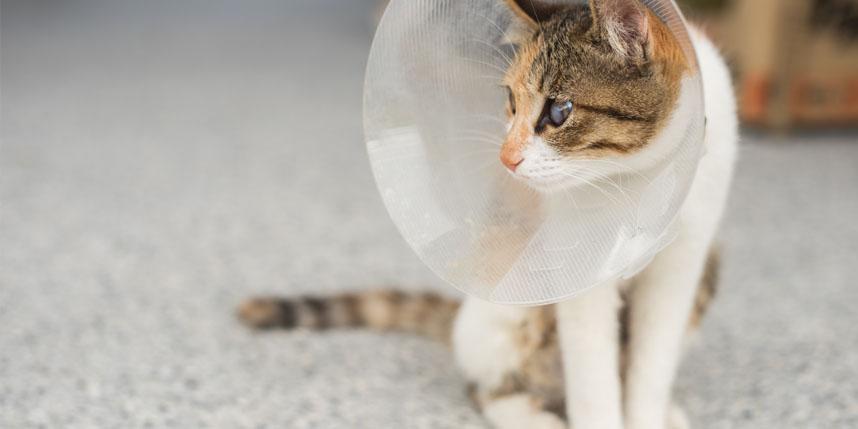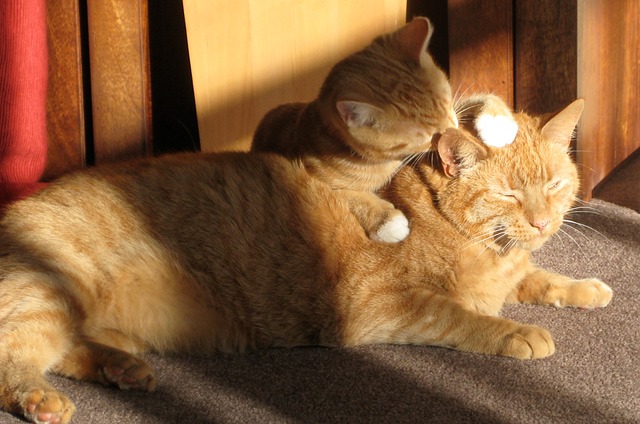From breed to color to size and gender, there are so many decisions to make as a prospective new cat parent.
While it may seem insignificant, the sex of your new pet is a pretty big deal.
Sure, both male and female cats make great companions but they are different in many ways—temperament, character traits, energy levels, health, and more.
As a novice cat parent, it can be difficult to know the differences between male and female cats beyond appearance.
This is where we come in. We have put together a guide explaining which feline gender is good as an indoor pet.
The guide looks at both intact and fixed cats for a good understanding of both worlds. If you are looking to pick a cat soon, this piece of information will come in handy.
Intact Situations

For cats and other pets, sterilization or lack thereof determines the behavior more than anything. The same rings true for our lovely felines. There’s a clear demarcation between unneutered males and unsprayed cats.
See, intact cats have very active sex lives complete with urges, raging hormones, and behavior changes. Fixed cats are more sober, relaxed, and sweet.
If you don’t plan on sterilizing your cat, choose the gender carefully. Here are things to keep in mind.
- Intact males are very aggressive and territorial. They are always marking their territories by spraying urine in certain spots. If one of the spots happens to be your precious coach, you will not be very amused by this behavior.
- Disappearing acts: Male cats are also notorious for going out to look for female cats to mate with. As soon as they sense a female on heat, they will leave the home to find the queen. Sometimes they disappear for days on end leaving you worried.
Related Post: How Long Does a Male Cat Stay in Heat?
- Unspayed female cats are vocal. If you think that queens are better to handle than unneutered males, think again. When they are on heat, they change into unrecognizable creatures. Your once peaceful and calm cat will start to vocalize more than usual. This, they do, in response to the abundance of hormones in their bodies. At that point, the body has one mission only – to reproduce. They will also go out in search of suitable males to mate with.
Related Post: How to Stop a Cat in Heat from Meowing (9 Simple Ways)
- Queens reproduce: When your queen mates and conceives, you will need to deal with the arrival of kittens. That will take a toll on you especially if you don’t have outdoor space.
In conclusion, unneutered males and unsprayed females are not the best for indoor settings.
Males will leave the home a lot, spray urine everywhere, and may get into fights with people and cats.
Females are peaceful until estrus. During that time, males will flock to your house. Additionally, the vocalization, disappearance, and pregnancy can be too overwhelming.
Fixed Situations

Many cat parents these days prefer to sterilize their pets. Not only does this deal with the feline overpopulation crisis but it is also good for the health of the pet.
Fixing your cat also fixes most of the behavioral issues mentioned above.
Without testicles, male cats have no desire to go after females and fight other toms while at it. They also have very little motivation to mark their territory and will not fight you and other animals as they would if they were unneutered.
Females who have been spayed do not have a uterus meaning they cannot reproduce.
Most importantly, they do not go into heat and make a lot of noise or invite suitors over.
So, which is better as an indoor cat between a neutered male cat and a spayed female cat? It really just depends on your living situation:
I. Tiny space
If you live in a tiny apartment, you are better off with a girl.
Toms are very active and hence suited for bigger spaces. They want to run around, hunt, play with family, and explore the world.
Meanwhile, females are easy to adapt to any living situation.
II. Size of the family
Families with more than one person are great for active pets. This is especially true if there are kids in the picture.
They will want to pet the cat, rub her belly, play with her, throw her around, the list goes on.
Male cats tend to tolerate such activities than female kitties.
III. Nature of your lifestyle
The kind of lifestyle you lead also determines the gender of the cat to adopt or buy.
Ideally, female cats are aloof and independent. Sure, they are affectionate but they do that on their own terms.
On the flip side, male cats are attention-seekers. They love being around their owners all day. They are likely to suffer separation anxiety much more than their female counterparts.
If you have a busy lifestyle, it is better to pick a female cat as your indoor pet. She will give you restful nights and a good space for working during the day.
IV. Multi-pet households
For homes with more than one pet, the best indoor cat should be male.
Females do well with other females but they are generally not tolerant of other pets. If you have a dog or other male cats, she may never feel comfortable being around them.
To feel safe, she will spend most of her time outside the home. Even if she learns to adapt to the new living situation, it may take forever to reach there.
Male cats, on the other hand, can easily bond with any pet if socialized and trained early. He will make friends with another female cat and possibly your dog.
Related Post: Why Are Cats Afraid Of Dogs?
Closing Thoughts
Ultimately, the decision about whether to get a male or female indoor cat largely depends on your living situation and personal preference. You have to determine what works for you and what doesn’t.
Also, keep in mind that the behavior of a cat is mostly based on her personality and training rather than her gender.
Before you adopt or buy a kitty, spend more time with her to know what she’s really like.
Male and females have their differences but they play a small role in their behavior and temperament.
Related Posts:

Hi! I am Eleanor Price. I started this website after my cat, Louie, almost died from a case of botulism (a type of food poisoning often caused by bacteria that grow on food items). Turned out that my cat’s diet was the problem. I have made it my duty to provide the best information and recommendations about everything cat lovers need to know about their felines’ health and wellbeing. My goal is to find the most informative content on anything feline-related and share it with fellow hardworking kitty lovers.

